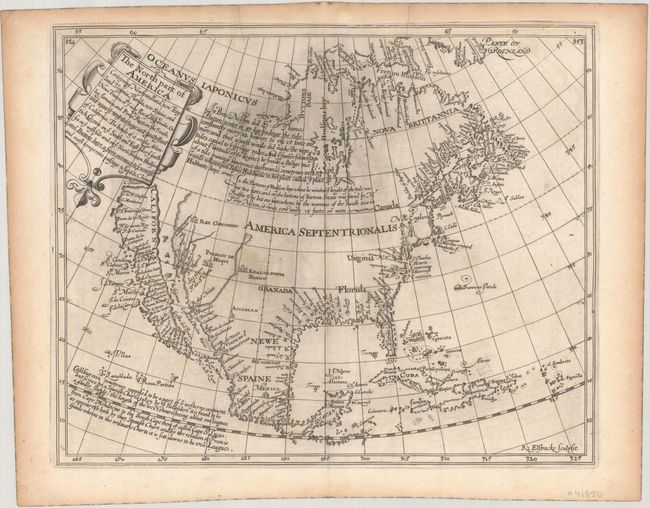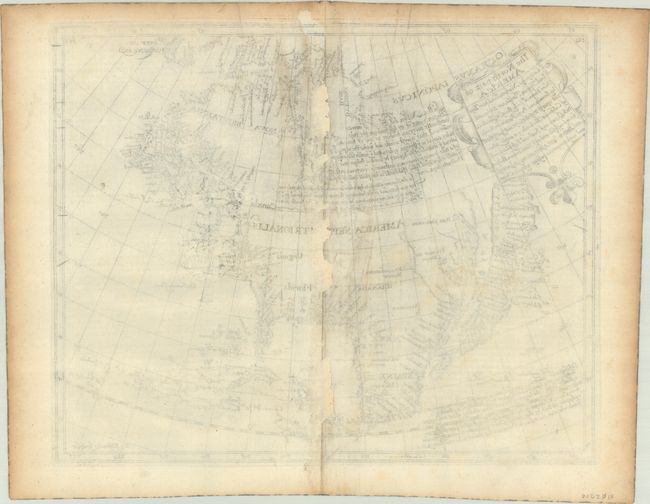Catalog Archive


Auction 190, Lot 69
First English Map to Show California as an Island
"The North Part of America Conteyning Newfoundland, New England, Virginia, Florida, New Spaine, and Nova Francia...", Briggs, Henry
Subject: Colonial North America
Period: 1625 (circa)
Publication: Hakluytus Postumus or Purchas His Pilgrimes
Color: Black & White
Size:
13.8 x 11.2 inches
35.1 x 28.4 cm
Download High Resolution Image
(or just click on image to launch the Zoom viewer)
(or just click on image to launch the Zoom viewer)

